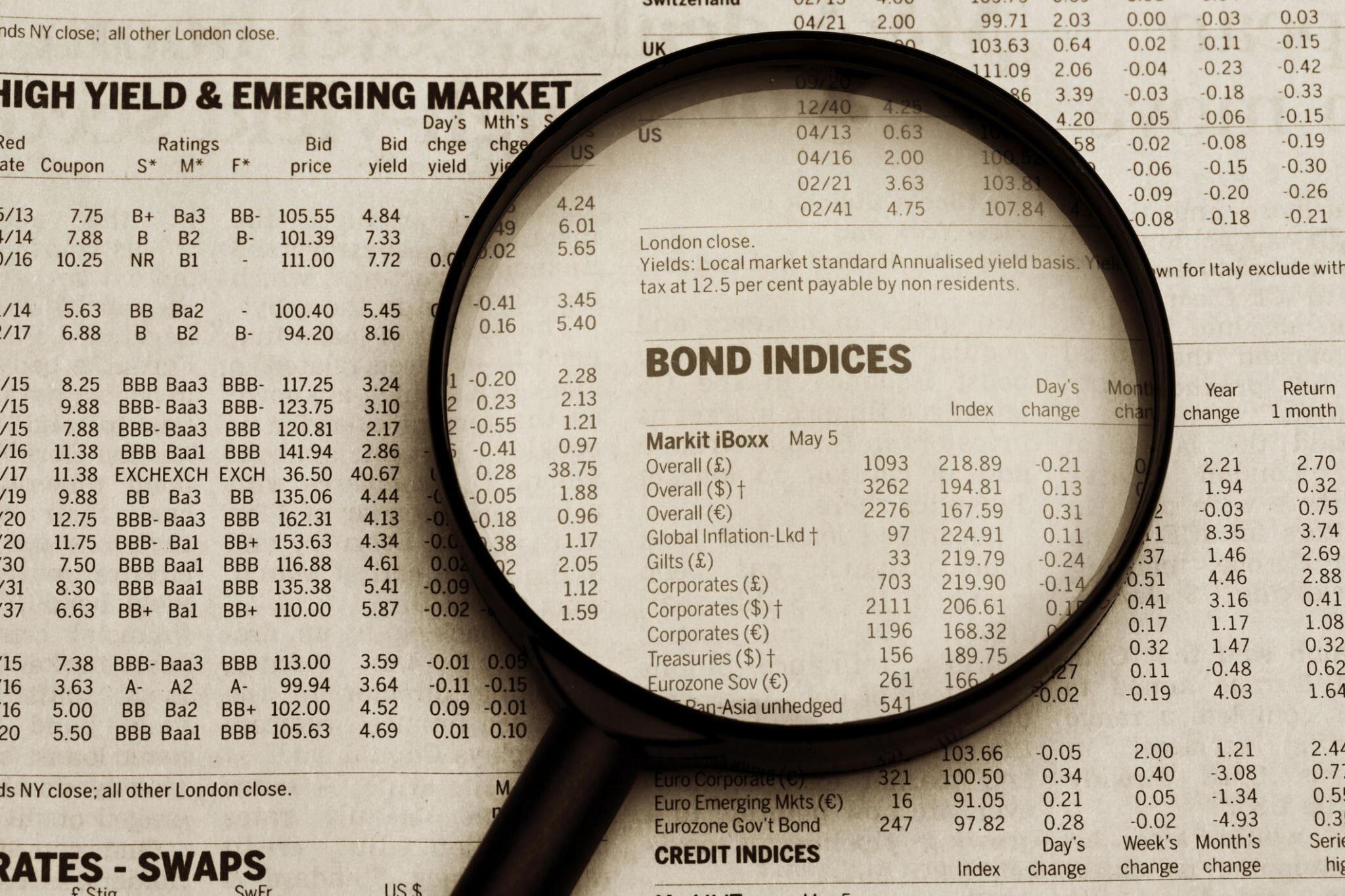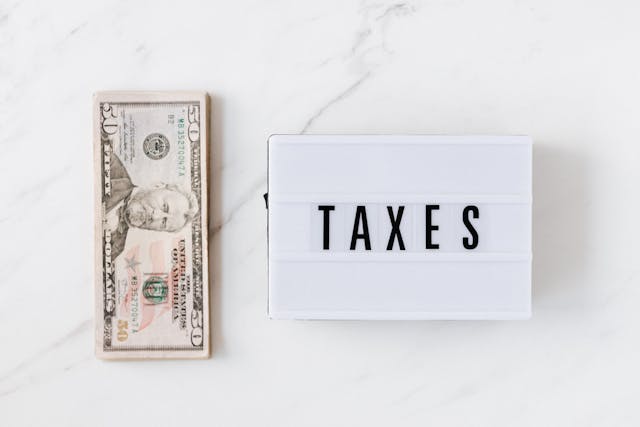
Cosmetic surgery has become a very common procedure in the United States. Of the numerous processes surrounding cosmetic surgery, the most common procedure is rhinoplasty. At least 350,000 rhinoplasty surgeries are performed every year in the country.
In essence, rhinoplasty is the modification and alteration of the structure of the nose to improve physical appearance. It is no surprise that this procedure is this common, considering the role the nose plays in one’s facial appearance. Rhinoplasty can be desirable for athletes, provided they take note of the recovery procedures that may apply to them due to their intense physical training regimen.

Rhinoplasty Recovery Process
Generally, rhinoplasty is a straightforward procedure, especially when undertaken by experts such as the team at EOS Rejuvenation. For many patients, the procedure heals within three weeks to one month, allowing you to return to your ordinary day-to-day activities with a new and enhanced facial appearance.
To recover from rhinoplasty effectively, you must always keep your head elevated during the recovery period. It is also not a good idea to blow your nose right after the procedure as it may cause you some pain and affect the structure of your nose. The best option would be to wipe your nose with a little tissue.
However, the rule that is most critical for athletes is to avoid strenuous exercise that might cause an increase in your heart rate or blood pressure. Intense exercises can also affect your recovery by causing slight swelling when you are still in the healing period.
Risks For Athletes Exercising During Rhinoplasty Recovery
As mentioned above, the main risk that athletes may have after rhinoplasty is associated with intense exercise schedules. Many exercises that athletes perform involve exerting their cardiovascular system. This may not be a good idea for a patient that has just completed a rhinoplasty surgery since it may cause an increase in your heart rate and the pressure at which blood flows in the body. This may expose you to the possibility of having a nosebleed or may expose you to some swelling.

Additionally, athletes that engage in contact sports such as soccer, basketball, and football risk injuring their noses during athletic activity. Following the following fitness approaches for rhinoplasty recovery can help you rejoin your regular training and sports schedule without hurting yourself or causing some complications.
Fitness Approaches For Rhinoplasty Recovery
Here are some ways to reintegrate into your fitness schedule after rhinoplasty.
Rest
After your rhinoplasty surgery, it is important to take some time out of any sporting activity to rest and allow your body to rejuvenate itself. Most doctors recommend a rest period of up to seven days after your surgery, where all you can do is take short walks around your house or neighborhood as you take your pain medication and other drugs your doctor might have given you. The general rule for how much exercise you should perform during this period is anything that may increase your heart rate or get you tired is bad for your recovery. During this period, it is also important to hydrate.

Types Of Exercises To Start With
Once you complete your first week of rest, you can slowly start increasing your exercise routines. The first exercises you should try in the first month after surgery include light runs, weightlifting, up to 50% of your effort compared to when you performed exercises initially, and any other zero-impact sports and exercise routines. If you decide to perform yoga, perform poses that do not have you facing the ground. Poses such as a downward-facing dog can be risky if you fall. Similarly, avoid exercises that may cause you to hurt your nose, such as bicycle riding or swimming.

One month after your surgery is a good time for you to increase the intensity of your exercises. You can try increasing the weight lifting exercises from 50% of your ordinary capacity to about 80%. Additionally, bicycle riding and swimming can be reintegrated into your exercises. However, you should still avoid contact sports and exercises that may injure your nose. You do not want to hurt yourself and must undertake this procedure again. This can be maintained for at least two weeks.
Once you hit the six-week mark after your surgery, you can now resume your training sessions and your athletic activity as before the surgery. The likelihood of complications occurring at this point that you may not have spotted beforehand is very low. However, monitoring your symptoms and your body for any noteworthy events and raising them with your doctor is still a good idea.

Wrapping Up
While exercise immediately after rhinoplasty can cause serious repercussions, this should not discourage athletes from undertaking the procedure. If the athletes take note of all recovery and safety procedures that doctors recommend, they can undertake the procedure without incurring any complications. Following the rest and recovery procedures discussed above will guarantee the chances of the procedure being smooth and seamless. Remember, gradual re-entry into the training schedule you are accustomed to as an athlete is important after undergoing an important surgery such as rhinoplasty. In case of any complications or challenges that may arise on the way, always consult your doctor for advice on what to do.






